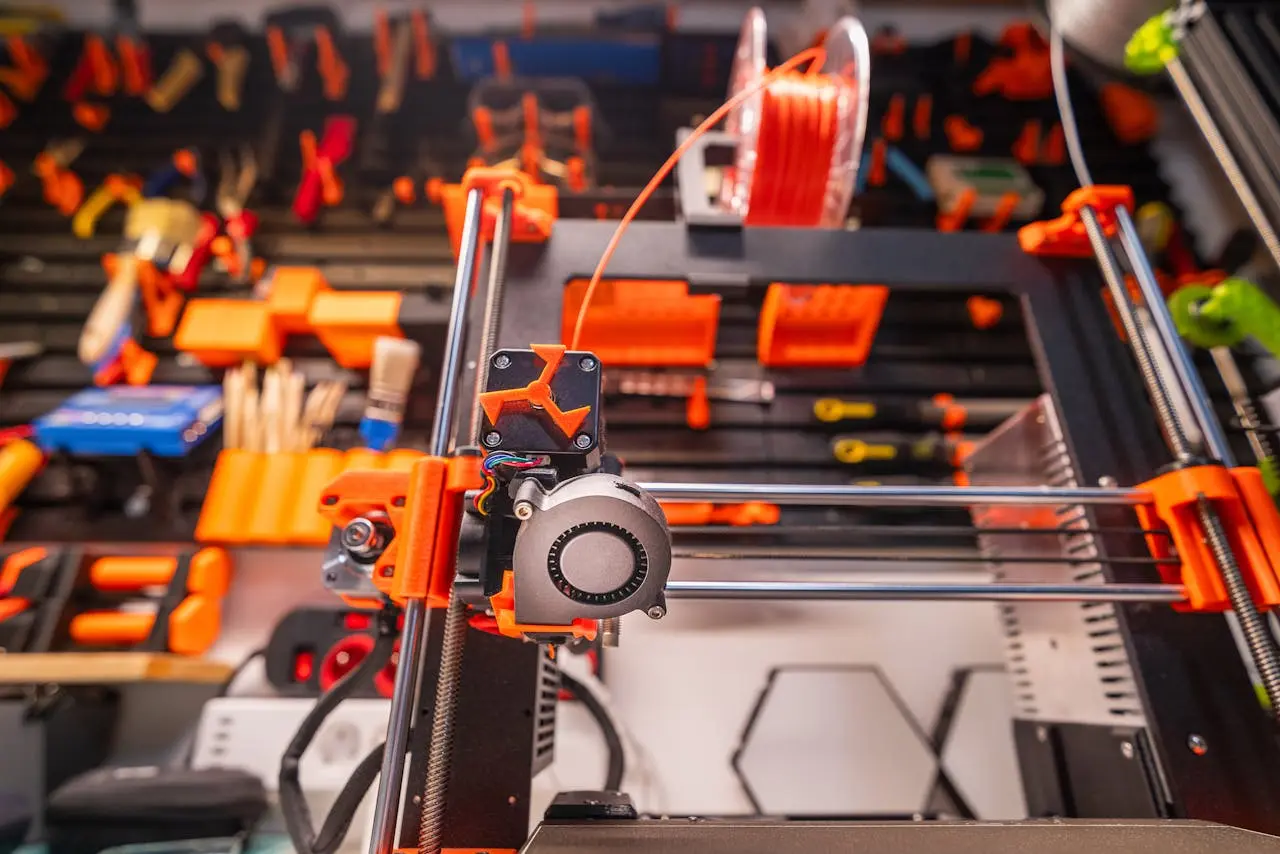Choosing the Right Build Plate for Your 3D Prints
.jpg)
The build plate is a crucial component in the world of 3D printing, serving as the foundation for your creations. Selecting the right build plate can significantly impact the success and quality of your prints. With various materials and types available, it's essential to understand how to match the build plate to the filament and project requirements. In this article, we'll explore different build plate options and guide you on choosing the best fit for your 3D printing endeavors.
- Glass Build Plates:
- Best for: PLA, PETG, and other low-temperature filaments.
- Advantages: Glass provides a smooth and flat surface, promoting good adhesion for materials that don't require a heated bed. It also allows for easy removal of prints once cooled.
- Considerations: It may not be suitable for high-temperature filaments like ABS, as they can warp or detach during printing.
- PEI (Polyetherimide) Build Plates:
- Best for: ABS, PETG, and other filaments that benefit from enhanced adhesion.
- Advantages: PEI offers excellent adhesion properties, reducing the chances of warping and ensuring better first-layer adhesion. Prints tend to adhere well during printing and release easily after cooling.
- Considerations: May not be as effective for filaments that require a lower bed adhesion, such as PLA.
- Flex Plate Systems:
- Best for: PLA, TPU, and filaments that benefit from flexible surfaces.
- Advantages: Flex plates, often coated with materials like PEI, provide a convenient way to remove prints by flexing the plate. This is particularly beneficial for projects with intricate geometries or when handling flexible filaments.
- Considerations: May not be suitable for high-temperature filaments, as the flexible material may deform.
- Magnetic Build Surfaces:
- Best for: PLA, PETG, and filaments that don't require a heated bed.
- Advantages: Magnetic build surfaces offer easy removal of prints by detaching the magnetic surface from the printer bed. This can speed up the print removal process and reduce the risk of damaging the print or the build surface.
- Considerations: May not be ideal for high-temperature filaments or projects that require a heated bed for better layer adhesion.
- PEI-Coated Spring Steel Plates:
- Best for: A wide range of filaments, especially those that benefit from enhanced adhesion.
- Advantages: PEI-coated spring steel plates combine the benefits of PEI for adhesion with the flexibility of spring steel for easy print removal. They are versatile and work well with various filaments.
- Considerations: Relatively higher cost compared to other build plate options.
The choice of the best build plate for your 3D printing projects depends on the filament you are using and the specific requirements of your creations. Understanding the characteristics and advantages of different build plates allows you to tailor your choice to the needs of each project, ensuring successful prints and a positive 3D printing experience. As you explore the vast world of 3D printing materials, experimenting with various build plates will empower you to optimize your printing process and achieve outstanding results.


.jpg)